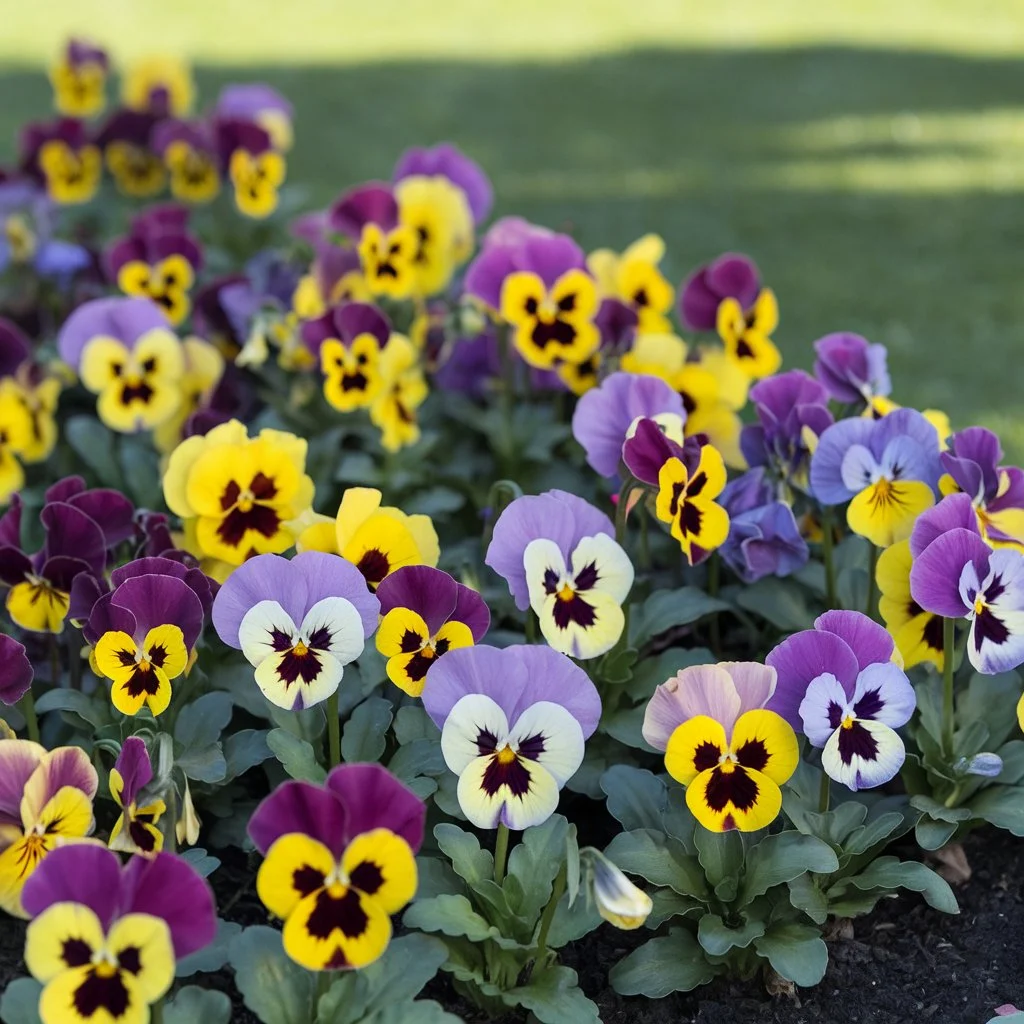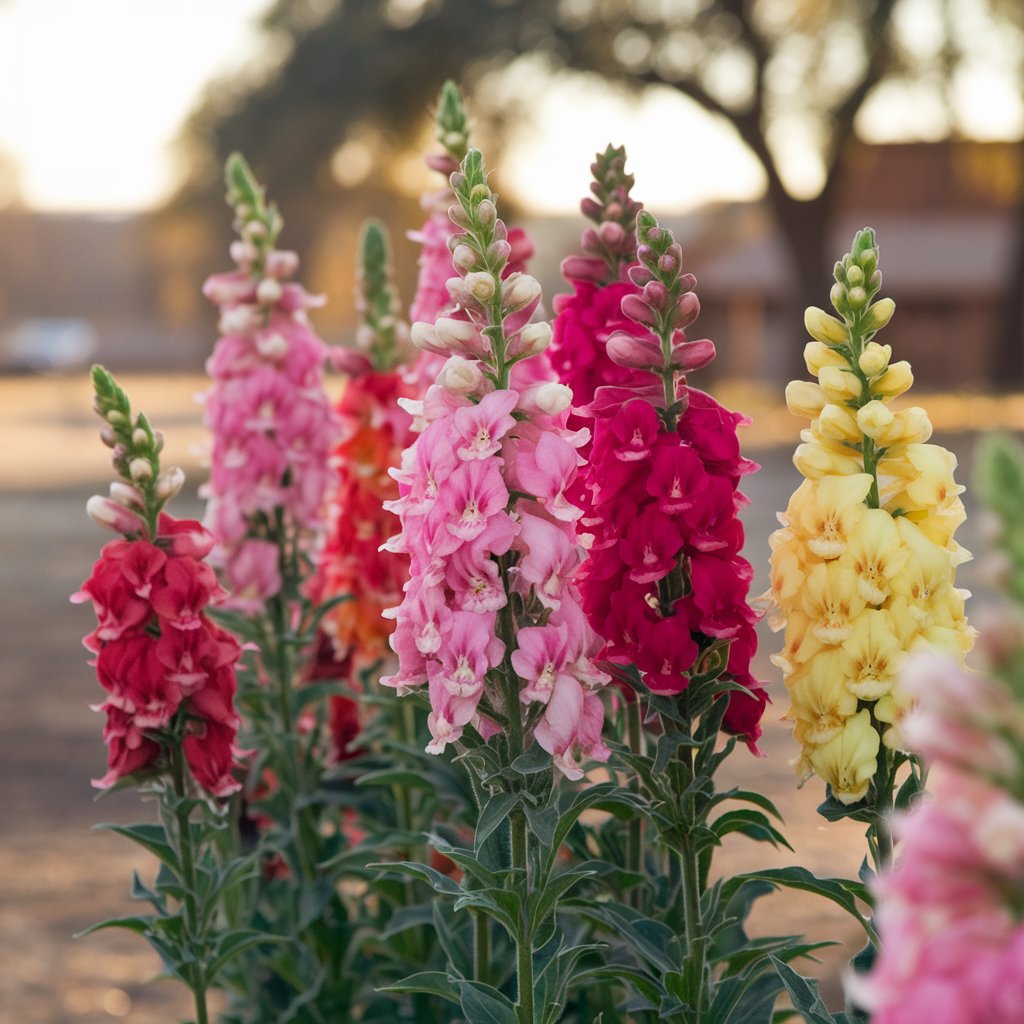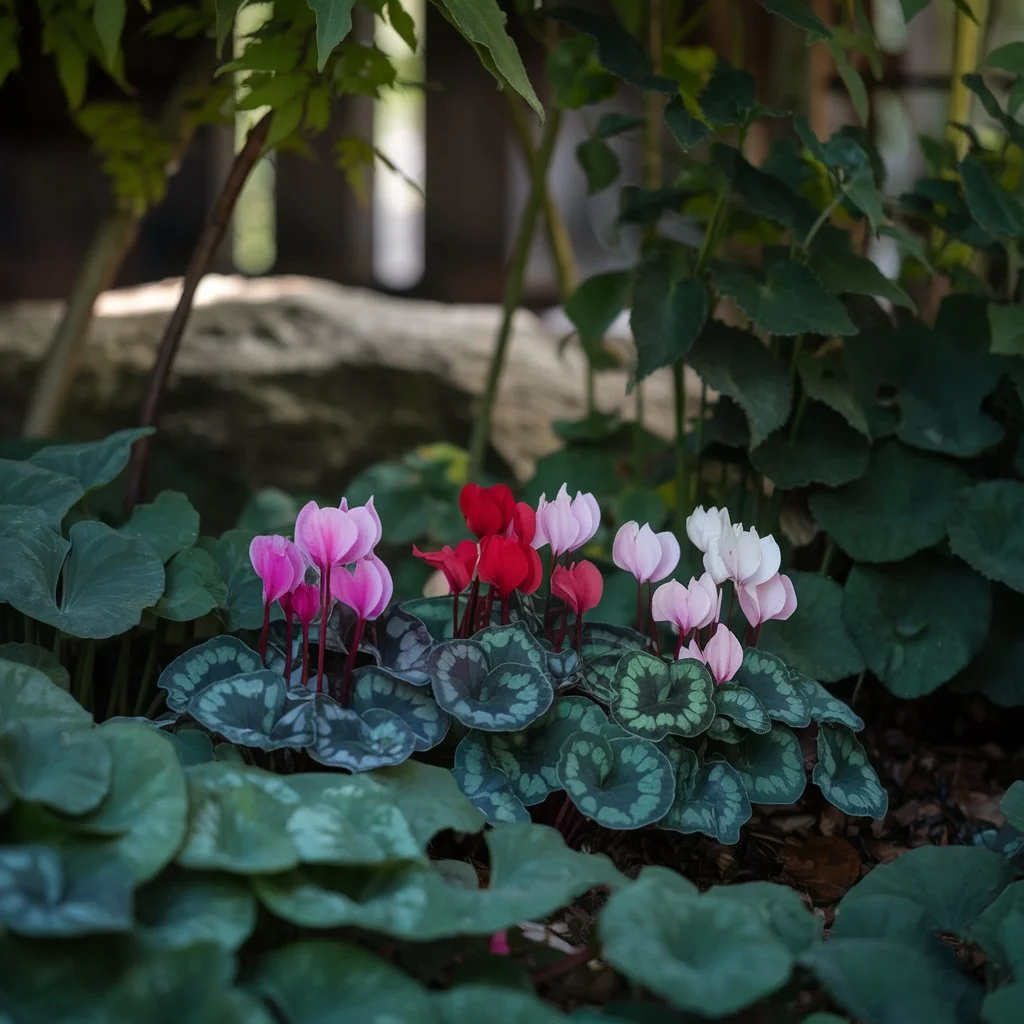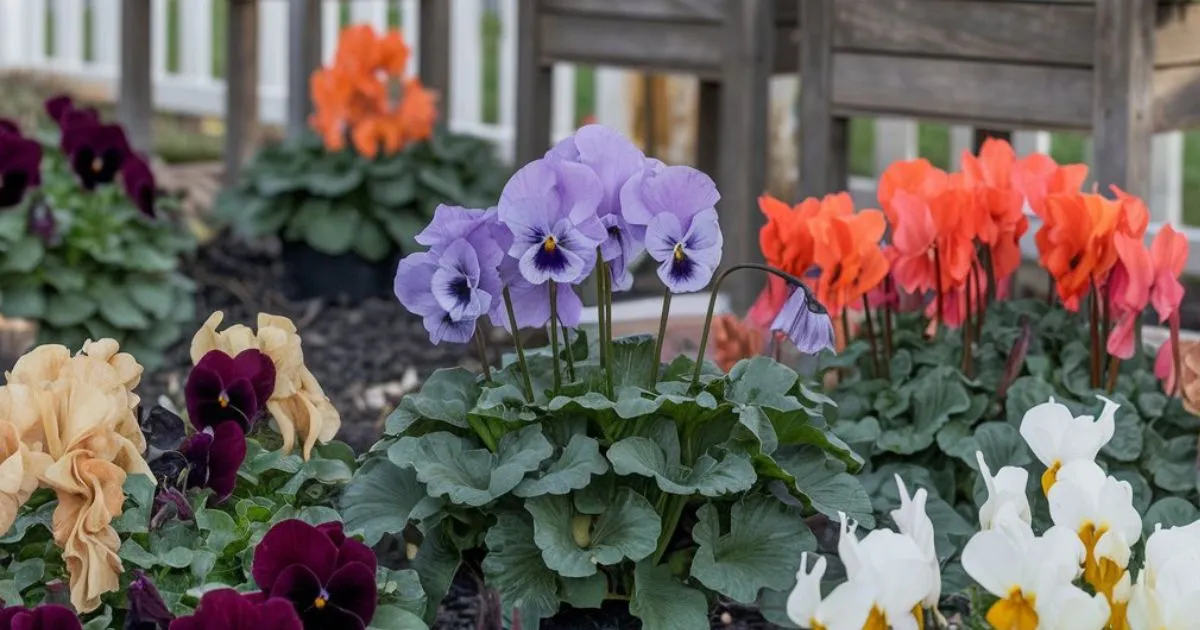Imagine stepping into your Texas garden on a crisp winter morning, surrounded by splashes of vibrant color from hardy winter blooms. With Texas’s mild winters, you can keep your garden lively and beautiful, supporting pollinators and local wildlife even in the cooler months. This guide introduces the best winter flowers for Texas, perfect for both seasoned gardeners and beginners looking to create a stunning winter landscape.
Table of Contents
Benefits of Planting Winter Flowers in Texas
1. Extending Garden Life
Winter flowers let you enjoy the joys of gardening year-round, with seasonal colors brightening up your space even as other plants go dormant. Hardy winter flowers provide continuity, ensuring you don’t have to wait for spring to see your garden come to life.
2. Supporting Local Wildlife
Winter flowers attract pollinators like bees and butterflies, providing food sources that are often scarce in colder months. By planting winter-friendly blooms, you’re helping create a sustainable and supportive environment for wildlife that needs it most.
3. Easy Maintenance
Texas’s mild winter climate reduces the risk of frost damage, making it easier to care for plants that might struggle in harsher regions. Many winter flowers for Texas are designed to thrive with minimal intervention, so you can enjoy a vibrant garden without intensive upkeep.
Top Winter Flowers for Texas Gardens
Here’s a look at some of the top flower varieties that flourish in Texas’s mild winter climate, each with its own unique beauty and minimal care requirements.
1. Pansies (Viola x wittrockiana)

Pansies are popular for their bright, cheerful “faces” and wide color range, including purples, yellows, and blues. These flowers offer a delightful splash of color that can withstand the mild Texas winter, making them ideal for flower beds, borders, or even container gardens.
- Planting Tips:
Plant pansies in the fall so they have time to establish their roots before winter. They thrive in full sun to partial shade, so look for spots with plenty of sunlight exposure. - Maintenance:
Pansies require moderate watering—about once or twice weekly in the winter. Deadhead spent blooms to keep plants looking fresh and encourage continuous flowering throughout the season.
Suggested Varieties: ‘Majestic Giants,’ ‘Delta Premium,’ and ‘Cool Wave’ are all resilient options for Texas winters.
2. Snapdragons (Antirrhinum majus)

Snapdragons add a touch of elegance with their tall, spiky blooms that come in a spectrum of colors, from deep reds to soft pinks. They’re perfect for creating height and dimension in your garden, while their hardiness helps them survive Texas’s variable winter temperatures.
- Planting Tips:
Plant snapdragons in well-draining soil and full sun to partial shade. They’ll establish well in the fall and bloom through the winter. - Maintenance:
Snapdragons require moderate watering and occasional pruning. Trim away spent blooms to promote new growth and a longer blooming season.
Suggested Varieties: ‘Rocket Mix’ and ‘Liberty Classic’ are known for their vibrant colors and long-lasting blooms.
3. Cyclamen (Cyclamen persicum)

Cyclamen brings unique charm to winter gardens with its heart-shaped leaves and delicate blooms in pinks, reds, and whites. These flowers are best suited for shaded spots, adding a subtle beauty to areas where other plants may struggle.
- Planting Tips:
Cyclamens prefer cool, shaded areas and sandy, well-drained soil. They make wonderful additions to container gardens or sheltered flower beds. - Maintenance:
Water cyclamens sparingly, as they prefer slightly dry soil. Be careful not to overwater, which can lead to root rot.
Suggested Varieties: The ‘Victoria’ and ‘Miracle Mix’ varieties offer a range of colors perfect for Texas gardens.
Designing a Winter Garden in Texas
With the right combination of color, texture, and layout, you can design a winter garden that feels vibrant and alive. Here are some tips to make your winter garden truly special:
Color Coordination
To create a balanced look, plan your garden with complementary colors. Consider pairing warm tones like reds and oranges with cool hues like blues and purples for a visually striking display.
Garden Layout Tips
- Place taller flowers, like Snapdragons, toward the back of garden beds to create height.
- Arrange medium-height flowers like Cyclamen in the middle and shorter varieties like Pansies in the front for a layered effect.
- Plant flowers in clusters for a fuller, more impactful display. Grouping similar colors can also help create visual “pockets” that draw the eye across your garden.
Winter Gardening Tips for Texas
Even though Texas winters are milder than those of northern states, a few extra precautions will help your flowers thrive all season long.
Soil Preparation and Mulching
Soil: Use nutrient-rich, well-draining soil for winter plants to prevent waterlogging. You can add organic compost or soil conditioners to enrich the planting area before adding new flowers.
Mulching: A 2-3 inch layer of mulch around your plants can help regulate soil temperature, retain moisture, and provide insulation against unexpected cold spells.
Watering and Frost Protection
Watering: Winter flowers need less water than summer plants, but deep watering is essential. Water thoroughly every one to two weeks, depending on rainfall and temperatures.
Frost Protection: Although Texas winters are typically mild, there can be the occasional frost. During such events, cover your flowers with a cloth or lightweight frost blanket at night to shield them from cold damage.
Winter Flower Planting Guide
Here’s a quick reference guide for planting some of Texas’s most popular winter flowers.
| Flower | Sun Requirements | Watering Needs | Ideal Soil Type | Colors Available |
|---|---|---|---|---|
| Pansies | Full sun/Partial | Moderate | Well-draining, rich | Purple, yellow, red |
| Snapdragons | Full sun | Moderate | Well-draining | Red, yellow, pink |
| Cyclamen | Partial shade | Light | Sandy, loose | Pink, red, white |
Common FAQs About Winter Flowers in Texas
What are the best winter flowers for Texas gardens?
Some of the best winter flowers for Texas include Pansies, Snapdragons, and Cyclamens. They can handle the mild winter climate, adding color and vibrancy to your garden through the season.
When should I plant winter flowers in Texas?
Most winter flowers should be planted in the fall, allowing them to establish roots before winter arrives. This timing helps ensure the plants bloom beautifully as temperatures drop.
How do I protect my winter flowers from frost in Texas?
Though Texas winters are mild, it’s best to cover flowers with cloth or frost blankets when frost is predicted, especially overnight. This will shield them from potential cold damage.
How often should I water winter flowers in Texas?
Winter flowers generally need less water than summer plants. A deep watering once a week or so should be sufficient, depending on rainfall and soil conditions.
Can I grow winter flowers in containers?
Absolutely! Winter flowers like Cyclamen and Pansies do well in containers, making it easy to bring color to patios, decks, or small spaces. Just ensure the containers have good drainage and are sheltered from harsh winds.
Conclusion
Choosing the right winter flowers allows you to keep your Texas garden vibrant and lively even in the colder months. Pansies, Snapdragons, and Cyclamens not only provide color and beauty but also support local wildlife and offer a unique, seasonal touch to your garden. With simple preparation, careful planting, and a little maintenance, your winter garden can become a stunning reflection of resilience and beauty that lasts through the season.
Ready to start planting? Dive into creating your winter garden and enjoy the year-round beauty that only a Texas winter can bring.

